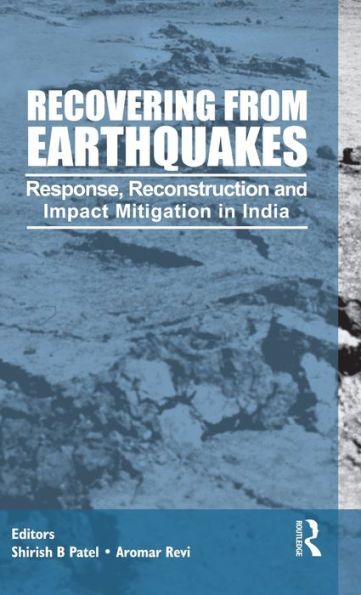The experiences of the contributors, many of whom have actively contributed their expertise to disaster management and recovery, help us understand what problems require a swift response and which aspects should be based on detailed analyses keeping in mind local conditions. Reconstruction is seen as offering an opportunity to rebuild society such that all sections of the population are empowered and brought into the community’s decision-making process. It is also an opportunity to develop construction techniques that are suited to local materials and skills but are also more earthquake-resistant than the old. And finally, there is the realisation that the best first responders are local community groups which need to be nurtured, and trained in crisis management and risk mitigation.
The experiences of the contributors, many of whom have actively contributed their expertise to disaster management and recovery, help us understand what problems require a swift response and which aspects should be based on detailed analyses keeping in mind local conditions. Reconstruction is seen as offering an opportunity to rebuild society such that all sections of the population are empowered and brought into the community’s decision-making process. It is also an opportunity to develop construction techniques that are suited to local materials and skills but are also more earthquake-resistant than the old. And finally, there is the realisation that the best first responders are local community groups which need to be nurtured, and trained in crisis management and risk mitigation.

Recovering from Earthquakes: Response, Reconstruction and Impact Mitigation in India
446
Recovering from Earthquakes: Response, Reconstruction and Impact Mitigation in India
446Related collections and offers

Product Details
| ISBN-13: | 9780415562973 |
|---|---|
| Publisher: | Taylor & Francis |
| Publication date: | 02/23/2010 |
| Pages: | 446 |
| Product dimensions: | 5.44(w) x 8.50(h) x (d) |
